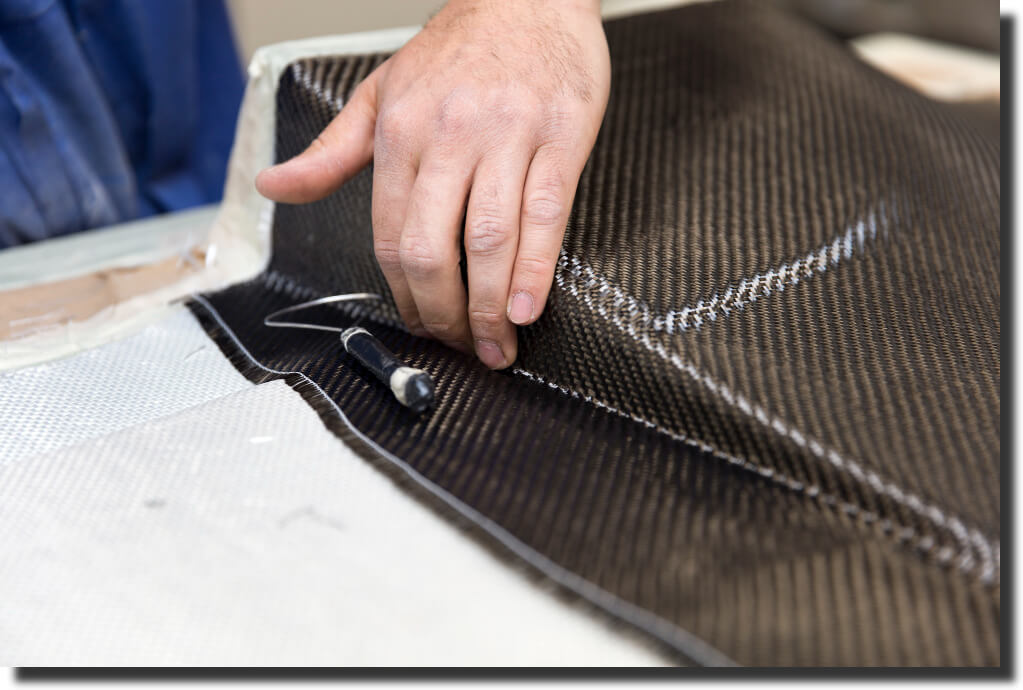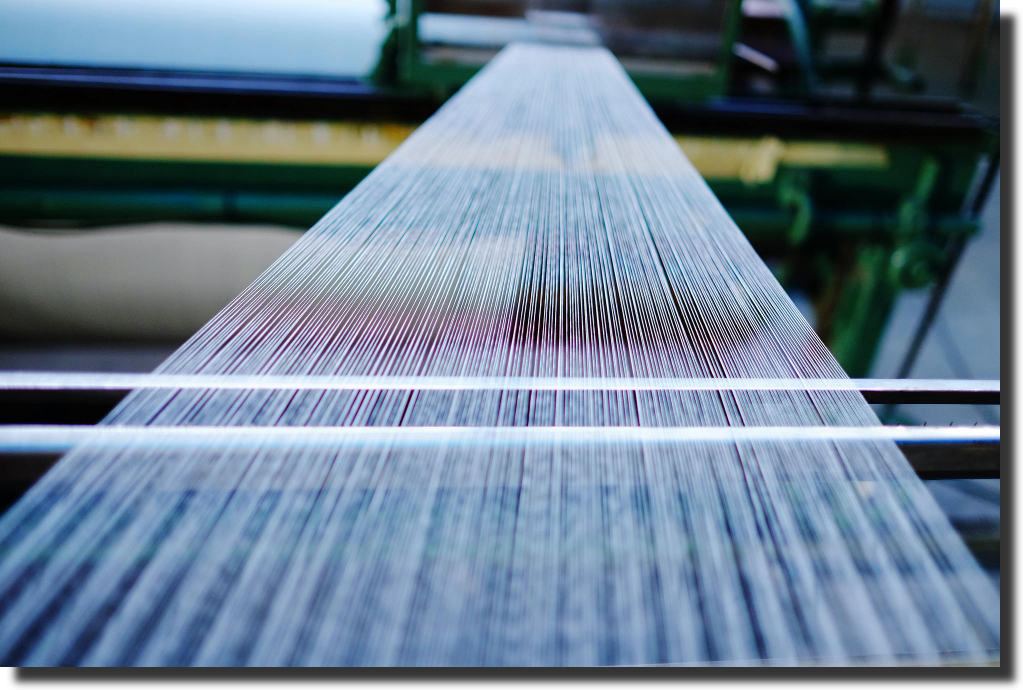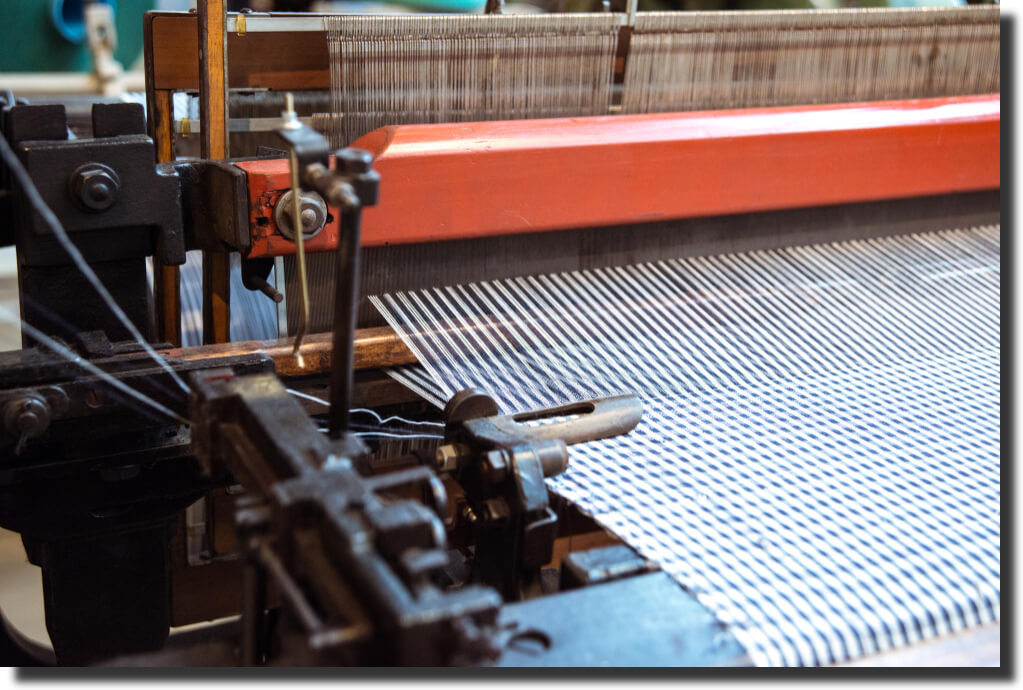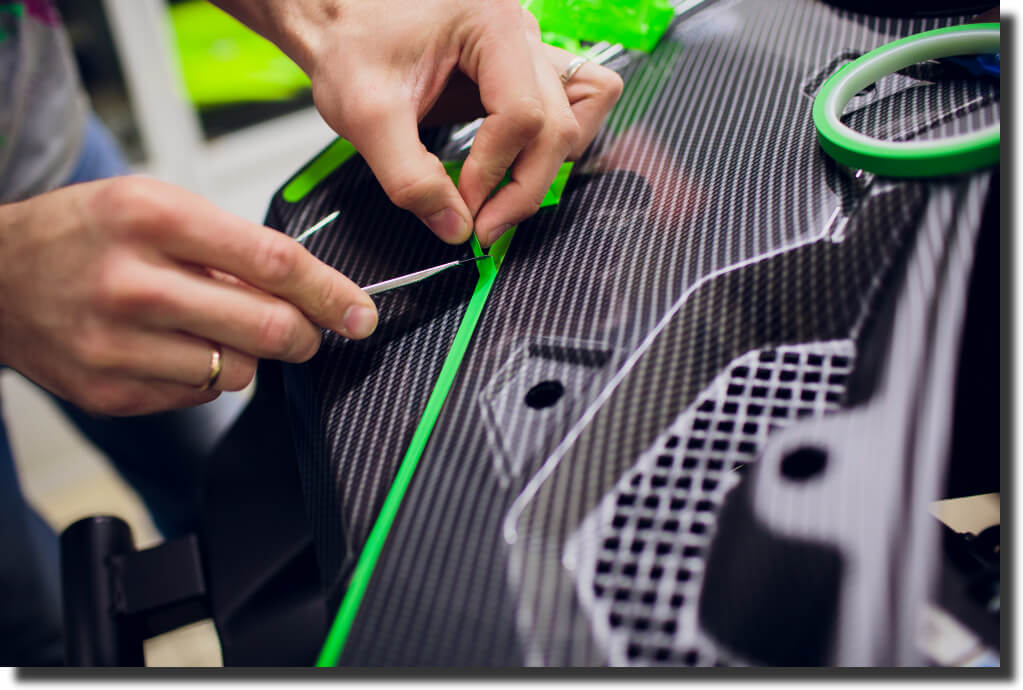Pick up any paddle board, drone arm, or race‑car splitter and you’ll run into the same decision: carbon fiber vs fiberglass. Both start as a roll of cloth, both cure into rock‑solid shells, but the way they behave on the road, at sea, or in your wallet is night‑and‑day. The question isn’t abstract; it drives price quotes, warranty risk, even shipping costs.
Engineers lean on density charts. Racing teams feel it when they lift a lightweight panel. Market analysts see the surge in carbon research – documented in Research advances of carbon fiber – and know the material’s curve is still climbing.
At AMC Composites we cut, infuse, and autoclave both reinforcements daily. Our production data confirm a simple fact: selecting the correct fiber up front ensures weight, stiffness, and cost targets are met. The comparison table that follows outlines the key mechanical differences between fiberglass and carbon fiber to support an informed choice.

Curious why carbon-fiber composites earn the title of the lightest‑weight solution? This status is substantiated by leading research in the field, which shows that trimming mass translates directly into higher mileage, sharper handling, and longer service life.

Based on the above comparison, Carbon Fiber offers numerous advantages over fiberglass for applications that demand absolute performance.
A quick glance at the difference between fiberglass and carbon fiber shows two reinforcements that start as loose strands yet finish life worlds apart in weight, stiffness, and tooling needs. Those gaps trace back to how each material is born – and how it is later cured into a finished part.

Carbon fiber begins as a thin precursor – most often polyacrylonitrile (PAN) or, for ultra‑high modulus grades, mesophase pitch. The steps:
The result is a laminate whose stiffness‑to‑weight beats metals by an order of magnitude – one reason race teams trade aluminum components for carbon fiber.

Fiberglass starts in a furnace, where common silica sand is melted near 2730 °F. The liquid glass is drawn through platinum bushings into hair‑thin filaments, cooled, and coated with a coupling agent. From here the process is refreshingly simple:
Room‑temperature molds, quick demold times, and commodity raw materials keep part cost low. That affordability is why boat hulls, shower pans, and architectural skins often specify fiberglass first. We draw on decades of experience producing fiberglass components when a program needs durability more than record-breaking mass savings.
In short, carbon’s high‑heat birth and tightly controlled cure unlock unmatched stiffness per gram, while glass fibers leverage fast, low‑cost molding for robust, budget‑friendly panels.
When engineers debate fiberglass vs carbon fiber strength, the numbers look clear-cut on paper. Fiberglass tops out near 493 ksi in ultimate tensile strength, while aerospace-grade carbon regularly clears 595 ksi. That 20 plus-percent bump matters, yet the real gulf widens once weight is factored in. Because carbon checks in around 6.2 oz/yd² – versus fiberglass at roughly 8.9 oz/yd² – the strength-to-weight ratio of carbon almost doubles its glass-fiber rival.
In practice that means a thinner carbon flange can carry the same load a much bulkier fiberglass beam would shoulder. It is why the ultra‑long UAV spars and thin race‑car splitters featured in our Custom Carbon Fiber Parts for Every Industry case study keep their shape without extra ribs.
Still, the question is fiberglass stronger than carbon fiber is not always answered by raw tensile figures. Glass fibers deform a bit before failure, absorbing energy and giving visual cues like whitening or fray. Carbon rides the load linearly – then shatters. Pick the material that pairs best with the consequences of an overload, not just the headline spec.
Freight data show that a 4 x 8 ft panel, 0.16 in thick, weighs about 20 lb in fiberglass, while an equivalent carbon‑fiber laminate is roughly 13 lb – approximately 30% lighter before dispatch. In dynamic assemblies such as drone arms, bicycle rims, and automotive aero, this mass reduction delivers clear advantages:
These deltas explain why designers tolerate carbon’s higher tooling costs when grams truly matter. For prototype runs or large hulls that live far from weight‑critical duty cycles, fiberglass still offers an unbeatable cost‑per‑surface‑area.

Fiber composites fail in more ways than tensile and impact tests demonstrate – thermal cycling, millions of vibration loads, or an unlucky rock strike. Carbon shrugs off heat: its fibers stay stable past 572 °F, and properly chosen epoxies keep the matrix intact near 356 °F. Fiberglass softens earlier but its woven cloth can delaminate locally without total rupture, giving crews time to patch.
Regardless, long life expectancy hinges on inspection. Periodic ultrasonic or CT scans catch hidden voids, crushed core, or resin‑starved zones before they grow. Our own Composite Inspection program uses CMM for surface drift and high‑energy X‑ray for internal voids and defects so components – glass or carbon – stay fatigue‑worthy for their full service window.
Choosing carbon fiber vs fiberglass is less about a data sheet and more about application. Run these five checks before you cut the first ply:
Answering these questions in order usually steers teams toward the right reinforcement without second‑guessing later.
The carbon fiber vs fiberglass debate has no one‑size‑fits‑all winner. Carbon delivers unmatched strength‑to‑weight and long‑term stability. Fiberglass counters with forgiving impact behavior and a budget‑friendly price tag. Match the fiber to your load case, service life, and cost window, and the project will benefit in both performance and reliability. Not sure which is best for your project? Contact us today and our engineers can walk you through the options, from quick prototypes to flight‑ready assemblies.
.webp)